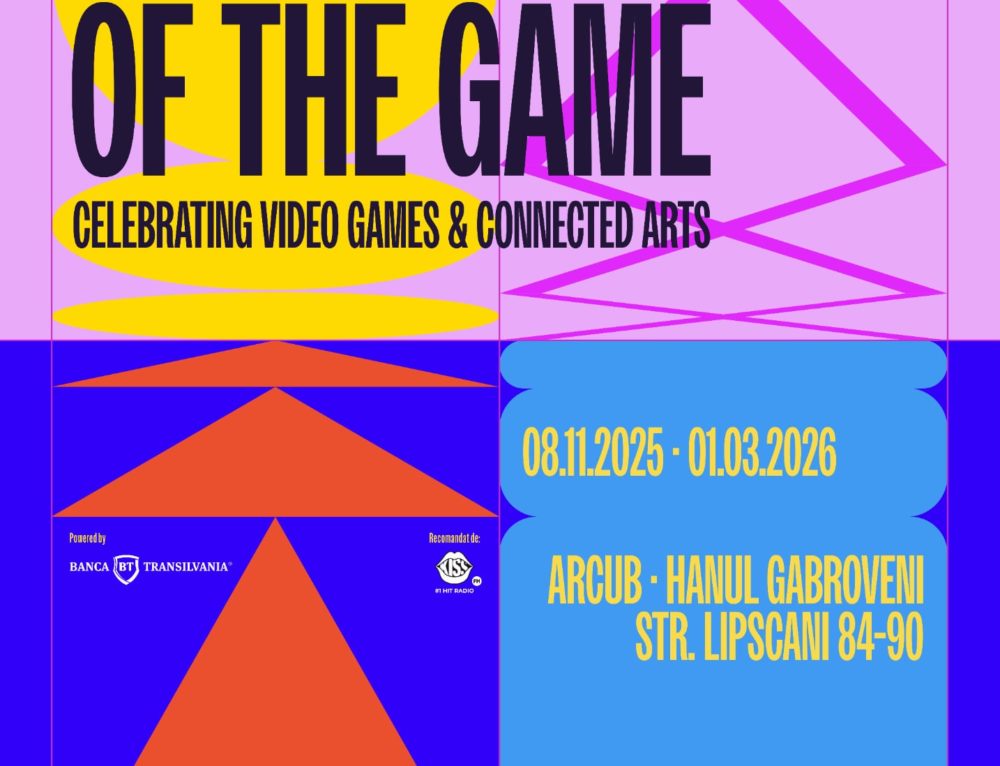By Zindhu Games
29/06/2020
Hyper-casual games are undoubtedly one of the hottest and perplexing trends in the billion-dollar mobile gaming ecosystem. These games generally offer instant and lightweight gameplay with simple mechanics and minimal designs to users. The core focus on these games are designed to be lightweight with minimal onboarding so that users can instantly tap to play. They are relatively easy to produce but guarantee to offer a high level of entertainment and replayability. But one thing to remember as Steve Jobs said “Simple can be harder than complex: You have to work hard to get your thinking clean to make it simple. But it’s worth it in the end because once you get there, you can move mountains.”
Hyper-casual games can also be defined by their target audiences as well. While hardcore, midcore or even casual games will target loyal gamers who will spend large sums on a single game, hyper-casual games appeal to the mass market. Their convenience and simple mechanics which are easy to understand and relatively easy to master mean that they can attract a large audience and generate revenue in a freemium based monetization model.
Hyper-casual games are characterized by simple gameplay mechanics with minimalistic interface. All you have to do is to go to stores, search the name of the game in the bar, and install. Once a user opens a hyper-casual app, it’s important for them to be able to access the game in a short period of time, even within seconds. Obviously the game itself is simple, it’s important for hyper-casual games to be “aesthetically pleasing” and have emotionally satisfying.
Several Mechanics for Hyper-Casual Games
Merging Mechanics
This mechanic generally aims a satisfying progression model in games. The key point here is to combine similar things or objects while trying not to do so with different ones. You can further make merging feel fun, animate, excite and surprise players with each new action.
Rising and Falling Mechanics
The constant progression of the level leads to the feeling of progression without a change in the mechanic or goal in general. This mechanic shows an object that rises or falls through a digital environment.
Swerwing Mechanics
This enables users to accurately maneuver an object on screen while avoiding certain elements. These games focus on using the drag of a finger to avoid obstacles. We can say that this type of mechanics maximize the touch screen control and its unique experience gives a cool use of touch while keeping the player casually focused.
Timing Mechanics
Generally known as “tap mechanic” user often taps the screen to complete an action at the correct spot. Precision is the most important aspect of the action and the aim for the user is to achieve perfection.
Puzzle Mechanics
Hyper casual puzzle games focus on simplicity while avoiding any complexity. These games usually have no end and players are asked to continue to play the puzzle for as long as possible. Important point is not to increase the difficulty after a while.
Stacking Mechanics
Stacking dynamics bring the tap/timing mechanic further by adding the result of the previous taps to the round progression. Stacking mechanics provide the players with more points of failure, each of them having a smaller effect than a simple tap game. In encouraging a player to proceed, game mechanics soften the loss but retain the strong visual sense of how the loss occurred.
Turning Mechanics
User simply turns left and right within a 3D environment. Good turning based gameplay is usually more forgiving than stack-based gameplay. Important point is to reset the player more frequently and letting them get back into a perfect streak even after making mistakes.
Growing Mechanics
This requires the user to become the largest object, often through absorption, to progress.
Testing the Performance for Hyper-Casual Games
The balance between complexity and ease of use is one of the most critical components of a good hyper-casual game. It is important for the game to be easily accessible but a developer shouldn’t want a game to be either too simple or too hard. Developers should test their mechanics at different scales with A/B tests to find the perfect balance to keep users engaged without the experience becomes frustrating for the player. Developers will also need to test different ways to monetize hyper-casual apps without damaging the quality of the user experience in the game.
Hyper-casual games and monetization
Monetization is a vital component of any hyper-casual game that is growing. These games rely on advertising to generate revenue. So understanding the various advertising channels you can introduce and how they will be integrated in to the user experience is crucial. General studies show that 77% of users are willing to watch a 30-second ad if they receive a discount. Implementing different variations in advertising also offers a clever way to improve retention and length of session.
Main ad formats to consider
- Rewarded Video Ads
Rewarded video ads give users a full-screen video advertisement in return for a reward such as an extra life or a booster inside the game and are very common in this genre. If the user wants to earn their reward, this ad unit can not be skipped, so that it can be very effective for developer or publisher to monetize the app. Statistics show that publishers can raise sales by 30% – 40% by effectively integrating rewarded ads into gameplay. Considering that hyper-casual games appear to have a much lower lifetime value (LTV), daily rewards are one of the most rewarding strategies to keep users interested and are becoming increasingly more popular in the top charts.
2. Interstitial Ads
Interstitial ads can be considered as one of the alternatives to traditional form of ad displayment. They can take over the entire screen, making sure the user takes notice. Interstitials could be static full-screen but may also include in forms of a video, store locator and even as playable content. In hyper-casual games, video interstitials and playable ads are popular since they are served in between or after games, often when a player loses a couple of lives. Playable ads, in particular, will keep users entertained while waiting to play another round, ensuring the user experience is not disrupted, and optimizing app publishers’ revenues
3. Banners and Native
While more revenue can be generated by different ad formats such as rewarded ads, banners remain a common format in hyper-casual games. Banner ads may be beneficial for users who do not engage with paid video ads, because they only take up a small portion of the player’s screen. Native and sticky banner type of ads are usually observed in this genre and can perform well when combined with other ad formats. We can conclude that these formats are good alternatives to support main ad formats to generate additional revenues. Yet rarely used on their owns.
Final Thoughts and Inferences
Performance in the hyper-casual genre may seem simple but there are plenty of elements to be considered. A hyper-casual game can look fairly straightforward but you need to stand out to be competitive with the increased competition with new and emerging actors in the eco-system. An efficient marketing funnel can push hyper-casual games to rise. Since they are relatively easy to create and play, hyper-casual games can generate millions with the right advertising drive.
Key Points
- Mechanic: Easy
- Visuals: Simple
- Interface: Basic
- There must be emotionally striking moments
- It is better to add one mechanic at the same level/stage or optional mechanics can be added if necessary
- Levels should last between 45 – 60 seconds
- Power ups should bring additional features within the same level/stage
- Win rate must be over 90% for the first 10 levels
- There must be a bonus level, adding boss level can bring a positive effect
- Tutorial should be easy to understand
- 3D hyper-casual games are more preferred and popular
- Screen should be in portrait mode
- In-game store contents should satisfy the user
Notes
- Overall success rate for hyper-casual is 1 in 15 games
- Ad creatives: 2 fail, 1 win 1 gameplay. The time a user sees an ad and takes action usually ranges from 8 to 12 seconds.
- DAU play time should be between 8 – 10 minutes
- Current expected CPI is around 0.20$ and current conversion rates (CPC / CPI) should be at least 80%
- Current retentions for D1: +40%, D2: +25%, D7: +10% (numbers should be calculated as an average of 3-day period)
- Trend tracking is very important. Making the game is simple but it is difficult to make the right game. Detailed store scanning should be done every week regularly. Top chart between 300 – 600 is a good resource to start
- The target audience must be anyone between the ages of 13 and 65.
- Gameplay is the most important effect for CPI value
Mistakes
- Lack of game depth and not being able to think the user after 3 seconds. Resulting the game becoming monotonous.
- To focus the user on a second in-game dynamic
- The lack of necessary interest and work for the progress after the idea is found
WANT TO JOIN OUR ROMANIAN HYPER-CASUAL COMMNUNITY AND PRIVATE DISCORD CHANNEL? FILL IN THE FORM HERE AND WE WILL SEND YOU A DISCORD INVITE RIGHT AWAY!

